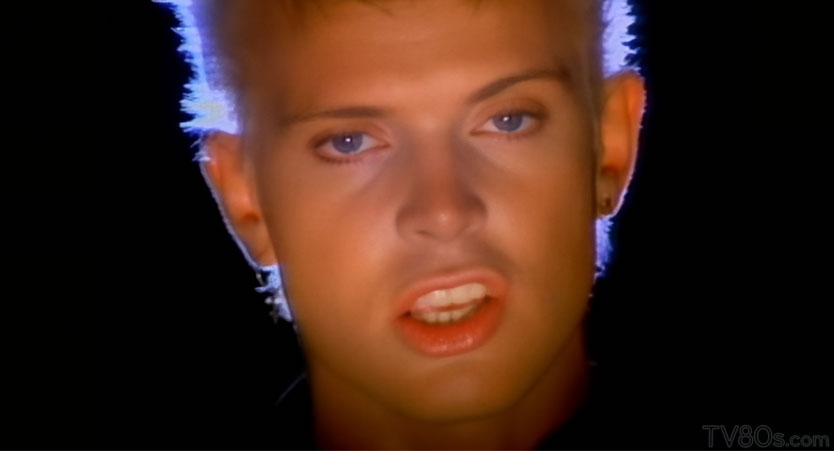Billy Idol – “Eyes Without a Face”: A Haunting Ballad of Disconnection and Duality
Released in April 1984 as the second single from Rebel Yell, “Eyes Without a Face” marked a dramatic shift in Billy Idol’s sonic palette. Known for his snarling punk rock persona and fist-pumping energy, Idol chose subtlety this time—pairing up once again with longtime collaborator Steve Stevens to craft a soundscape that was moody, melodic, and emotionally layered. It was an artistic risk that paid off big-time.
Musical Style and Message
Anchored by airy synthesizers and dreamy vocals, the track builds a world of emotional detachment and fragility. The soft verses are infused with sorrow and regret, set against the ethereal backdrop of Perri Lister’s French refrain, “Les yeux sans visage.” Stevens’ guitar solo midway flips the emotional script—his frenetic riff injects fury and desperation into the stillness, mirroring the chaos within a fractured relationship.
Lyrically, Idol explores disillusionment and emotional void. He sings of betrayal, numbness, and longing: “I’m all out of hope / One more bad dream could bring a fall.” The contrast between tenderness and aggression gives the song its power—it’s a ballad that doesn’t beg for sympathy, but simmers with introspective angst.
Cinematic Influence and Title Origins
The song’s title nods directly to Les Yeux Sans Visage, a 1960 French horror film that deals in identity, loss, and transformation. While the lyrics don’t explicitly reference the movie, the connection runs deep—the haunting mood and thematic parallels between the film’s eerie calm and the song’s quiet torment make the tribute feel organic, not gimmicky.
Commercial Success
“Eyes Without a Face” became Billy Idol’s breakthrough ballad. In the U.S., it reached number four on the Billboard Hot 100—his first top 10 hit stateside. The song climbed to number ten in Canada and New Zealand, number eleven in Germany, and number eighteen in the UK, establishing Idol as more than just a sneering provocateur.
Its success helped push Rebel Yell to multi-platinum status in the U.S., firmly securing Idol’s place in both rock and pop circles. It showed that underneath the peroxide-spiked hair and leather-studded swagger was an artist capable of nuance and lyrical depth.
Music Video and Visual Imagery
The music video, directed by David Mallet, is as surreal and unsettling as the song itself. Flickering visuals, noir lighting, and slow-motion shots of Idol—his face half-shadowed, eyes glaring—create a dreamlike, almost dystopian atmosphere. It’s part art film, part MTV spectacle, and it added layers of intrigue to the song’s mystique.
Eyes Without a Face” remains one of Idol’s most iconic tracks. Its blend of synth-driven new wave and hard rock was ahead of its time—and still feels fresh decades later. The song has been used in film soundtracks, covered by indie and metal artists alike, and continues to haunt playlists across genres. It proved that vulnerability doesn’t dilute rock—it amplifies it.
Where Rebel Yell screamed, “Eyes Without a Face” whispered. And that whisper echoed long after the amps cooled down.

